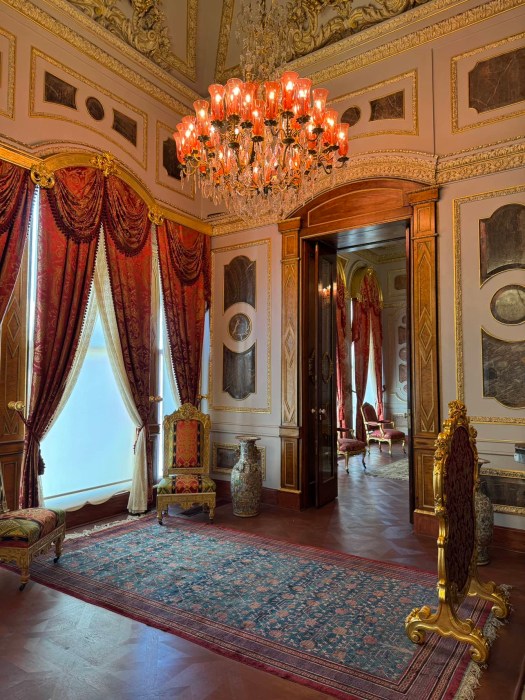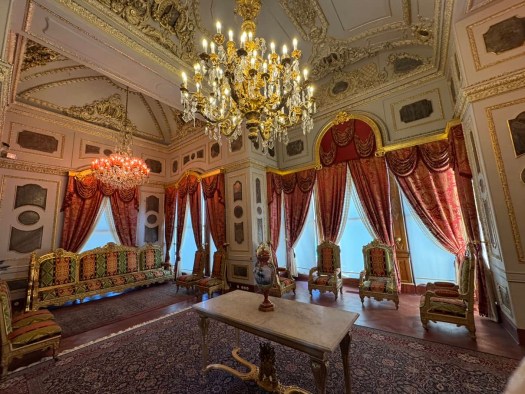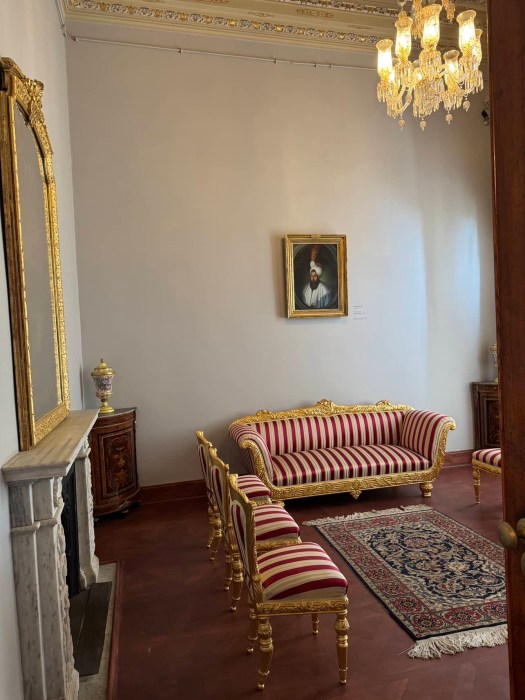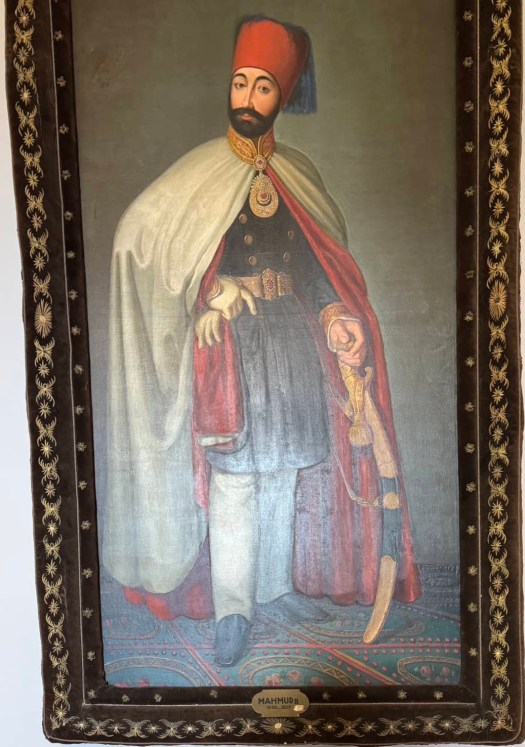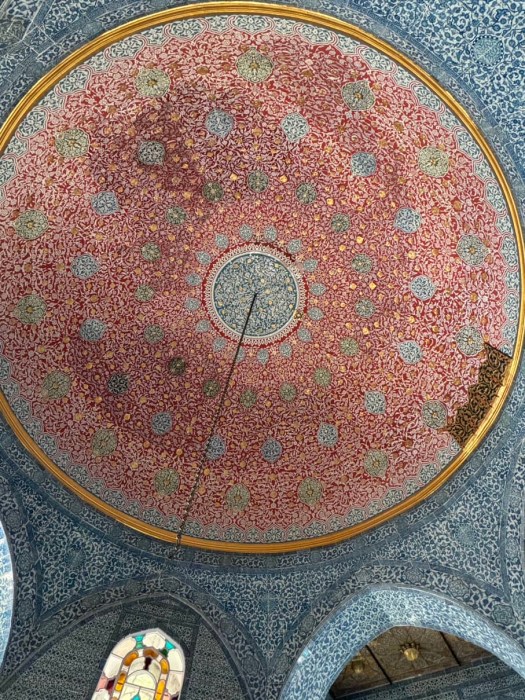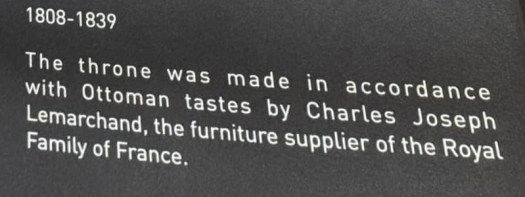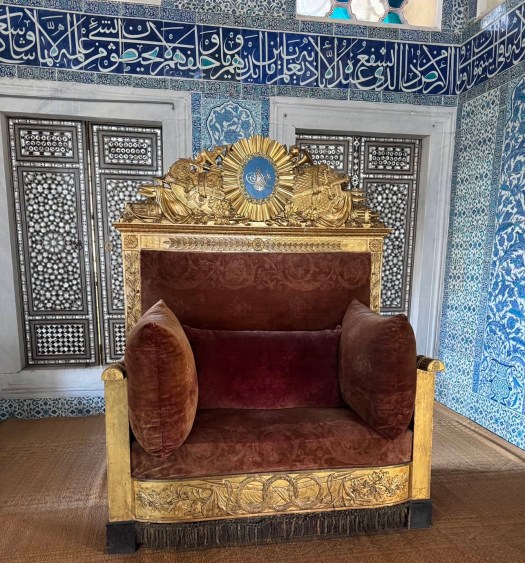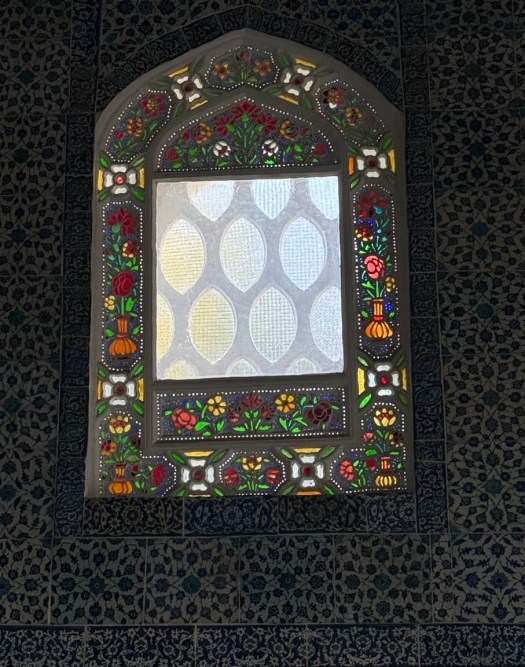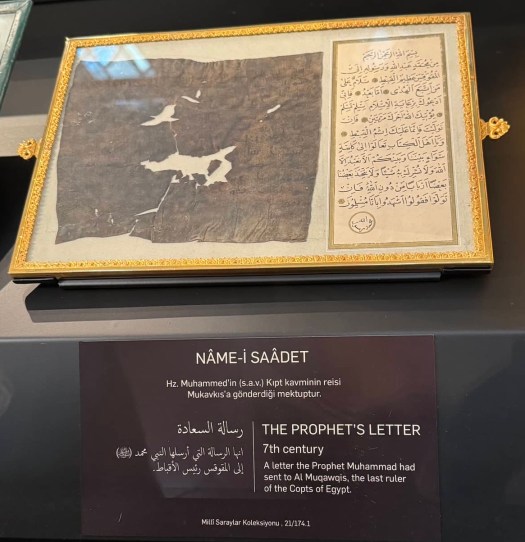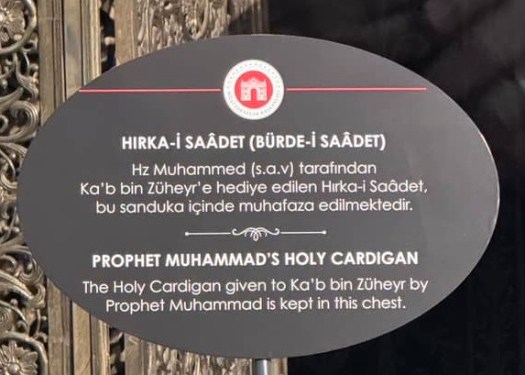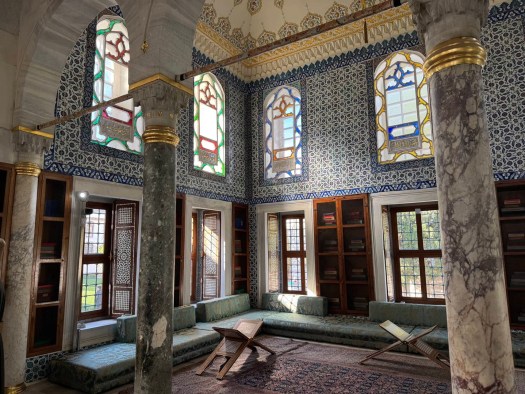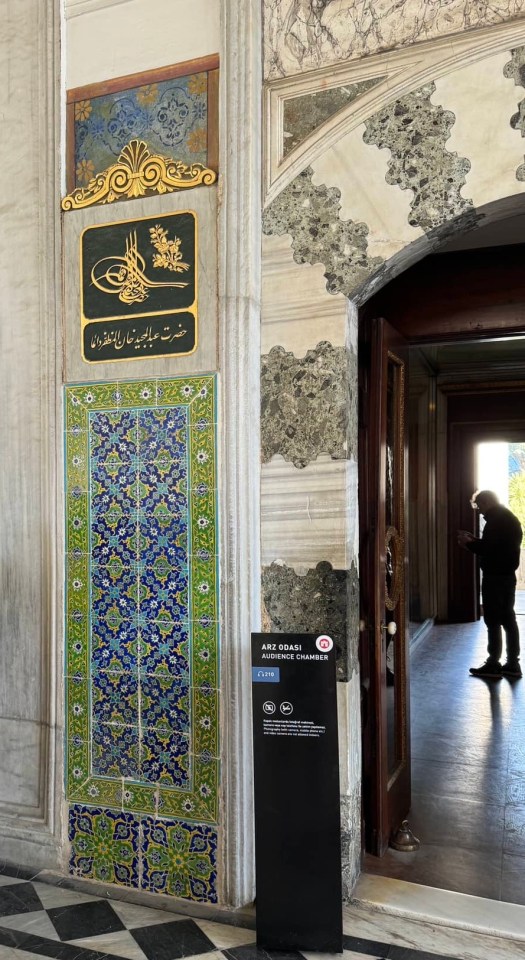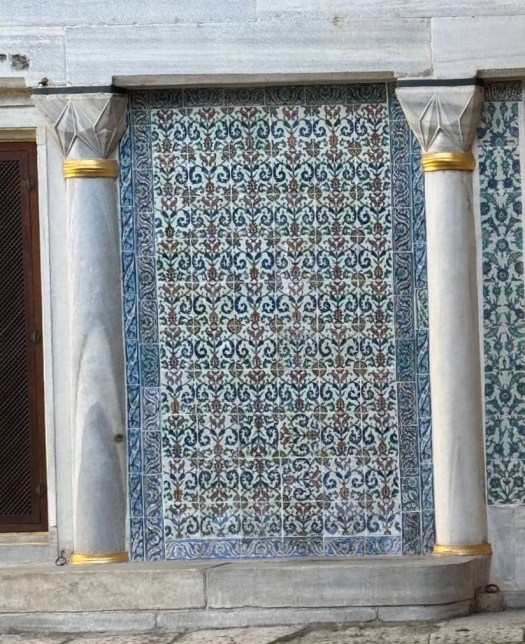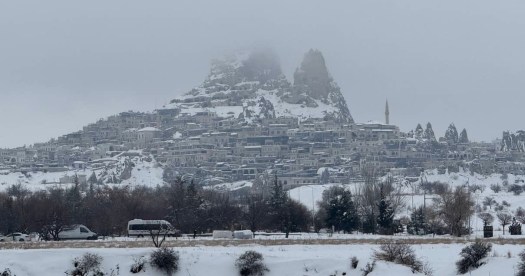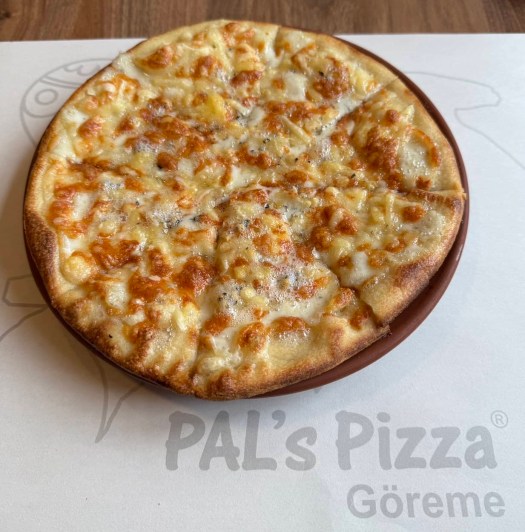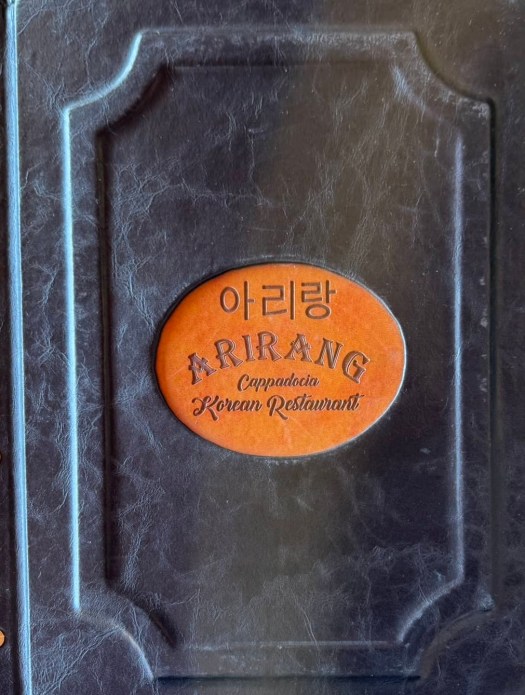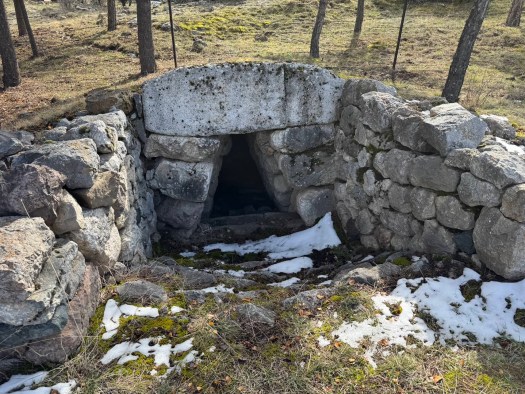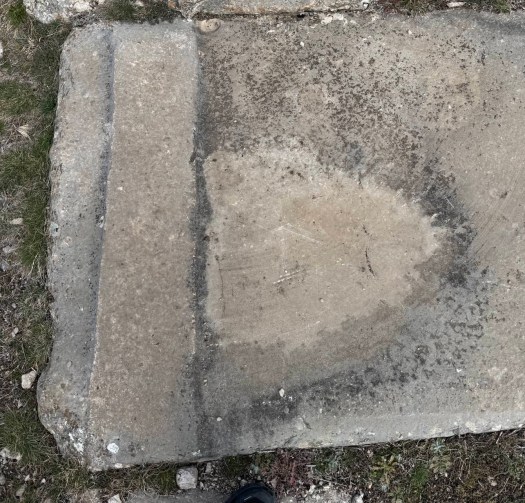if you visit Vientiane, Laos, there is now a very interesting art museum to visit so don’t forget Exploring Lao art Museum. It’s quite a ways out of the city but it’s well worth the trip, about 40 minutes from the main tourist part of town. Plan to spend a minimum of one hour and as much as three hours looking at all the beautiful works of art most of which were carved from old fallen trees from forests, rivers and other places.
The fellow responsible for this museum has quite an interesting history which you should make sure to read after you go through the main big entrance. The entrance fee was about 220,000 kip for foreign visitors and a little bit less for Lao citizens. There are three major tourist attractions to visit in Vientiane and this makes the fourth. The other three are the Mekong River with the night market, Tat Luang and the victory monument. That monument was finished up with cement intended for an airport funded by the US government. The cement was redirected.






“Dear Visitors,
It is with great joy that I welcome you to our museum, a space dedicated to celebrating the beauty and potential of wood. Here, you will discover art crafted from discarded materials that many overlook, transformed into pieces that tell stories of resilience and creativity.
As you explore, I hope you feel the passion that drives our mission —to honor Laos’s rich natural heritage and inspire future generations. Your presence here supports not only the appreciation of art but also our commitment to preserving our environment and culture.
Thank you for joining us on this journey. Enjoy your visit!
Warm regards,
Phisit Sayathith
Founder, Lao Art Museum”


there are four different environments from which these trees were collected.
Unearthed from farmland where trees were removed, these intricate roots were left behind by farmer. Each piece reveals the complex structures of life underground, showcasing nature’s artistry.
Retrieved from the depths of local dams, these weathered logs have spent years submerged in water, gaining unique textures and colors that enhance their aesthetic appeal.
When a storm brings down a large tree, the remnants are often discarded. However, our museum strives to preserve that damaged wood and transform it into beautiful artwork.
Charred wood that tell stories of resilience and rebirth. Source from aftermath of forest fires.
Collected from tree that have experience disease, this wood feature distinctive patterns that highlight the beauty found in imperfection and decay.





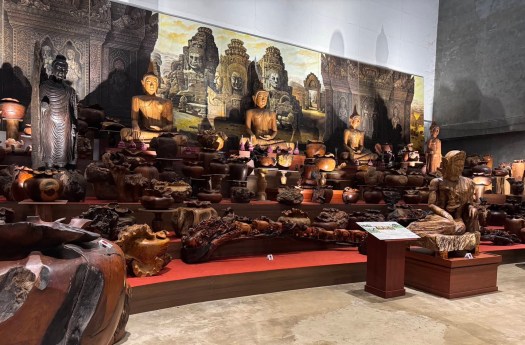
“On March 9, 2024, the langest Leucaena leucocephala tree in Vientiane succumbed to a storm, resulting in significant damage. In light of its age and the circumstances, the office has decided to proceed with the removal of the tree. The Lao government has designated a portion of the tree for the Lao Art Museum, enabling its preservation and creative transformation into artwork instead of being discarded. Utilizing this wood, the museum has crafted five Buddha sculptures, which are now proudly displayed at this Lao Art Museum. In collaboration with the government, the museum has decided to Identify the healthy remnants of the fallen tree and replant them in a garden near its original location. As of September 30, 2024, this tree has successfully been revitalized and is thriving.”
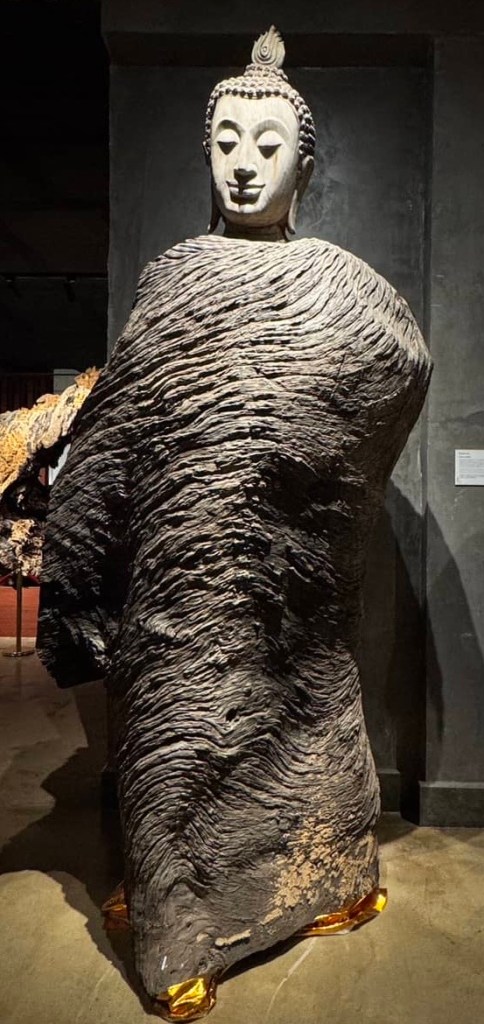
This sculpture, crafted from a log that has been submerged in the Namgnuem River for centuries, has been brought to our museum and transformed into a new art piece. We aimed to preserve its natural beauty, so we chose to sculpt only the head of the Buddha statue, leaving the body of the wood exposed to display the unique marks created by the water.





if you have ever visited Bangkok you probably walked around Wat Prah Keow where the emerald Buddha sits. Here is the official and mildly worded official Lao explanation of how this Lao emerald Buddha wound up in Thailand. Just a hint. The Thai military “moved” the emerald Buddha to Thailand.
“Hor Phra Keo, also known as the Temple of the Emerald Buddha, is a renowned Buddhist temple located in Vientiane, Laos. Originally built in the 16th century to house the revered Emerald Buddha statue, it showcases exquisite Lao architecture. The temple features beautifully ornate structures, intricate carvings, and a serene ambiance, making it a significant cultural and religious site. Although the Emerald Buddha was later moved to Bangkok, Hor Phra Keo remains an important symbol of national heritage and spirituality. Today, it serves as a museum, displaying a remarkable collection of religious artifacts and art, attracting both locals and tourists who seek to explore Laos’s rich cultural history.”
I was born on a Friday so this Buddha posture his representative of that day. “ContemplatingBuddha. The Friday Buddha image symbolizes a brief moment following enlightenment when the Lord Buddha remained beneath the Banyan Tree. During this time, he expressed that comprehending and applying the dharma was challenging for ordinary individuals. However, with profound compassion and loving kindness, he recognized that all living beings have unique tendencies, much like the nature of the Lotus flower. Consequently, he chose to utilize the dharma to assist all sentient beings.”

